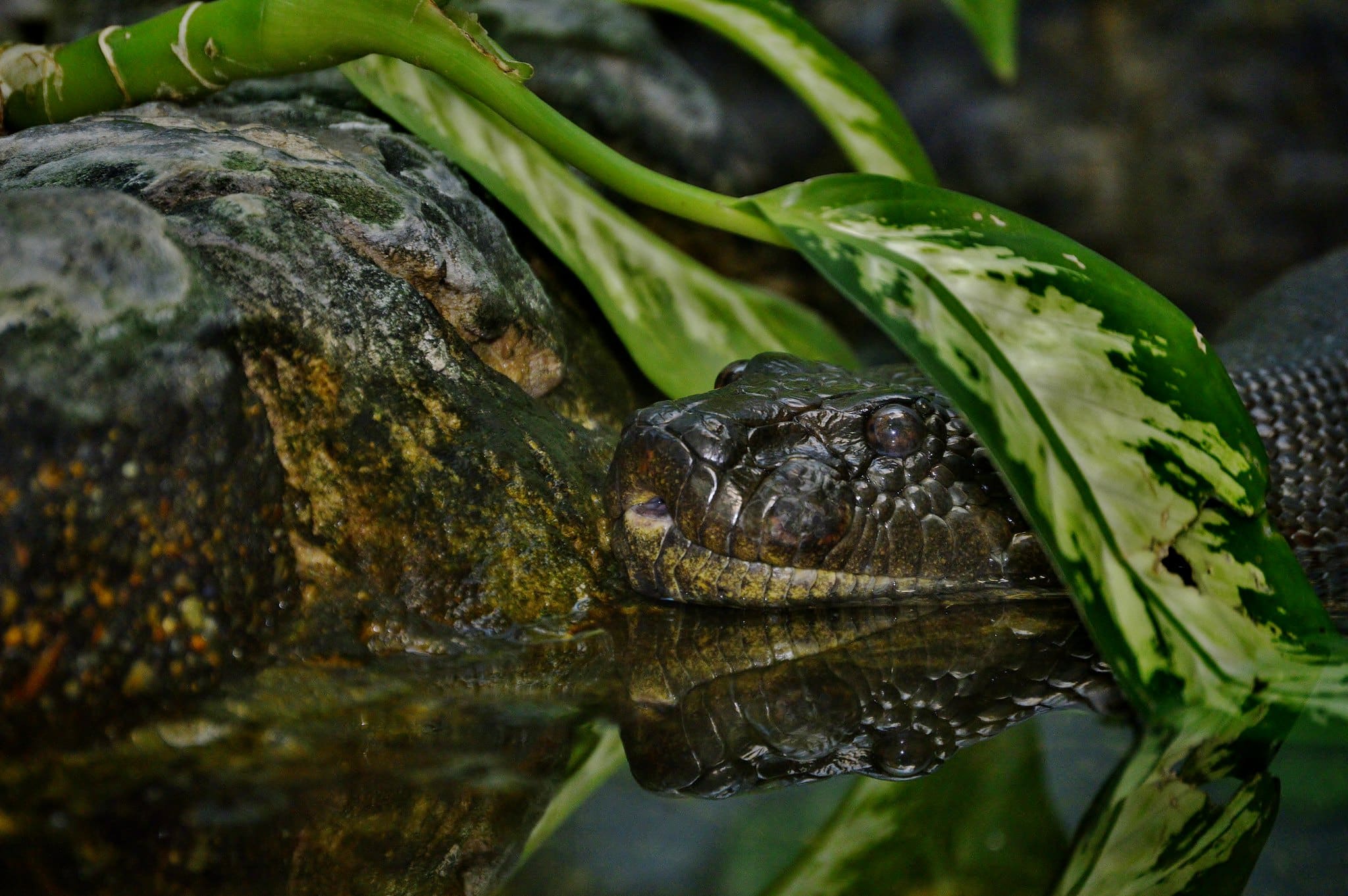A few days ago, a brand new snake species was discovered in the Amazon rainforest, and it could likely be the largest known to man – a variant of the Green Anaconda.
The iconic green anaconda of the Amazon rainforest in South America, has been found to consist of two distinct species, thanks to the collaborative efforts of researchers and an unlikely ally, Will Smith.https://t.co/sctHu5MYtN
— IOL News (@IOL) February 27, 2024
The snake was discovered by scientists from the University of Queensland, Australia, who were shooting a new National Geographic series, “Pole to Pole: with Will Smith.”
Bryan Fry — a National Geographic explorer and biologist at the University of Queensland in Australia, said: “Our newly described northern green anaconda (Eunectes akayima) is restricted to Colombia, Ecuador, Guyana, Suriname, Trinidad, Venezuela and parts of French Guiana.
The new northern green anaconda can also reach larger sizes, researchers found. The Ecuadorian eastern rainforest has long been rumoured to hold the largest of all anacondas, but until our expedition with Will Smith for National Geographic’s ‘Pole to Pole’ series, this had never been investigated. Not only because the area is so incredibly remote, but also because it’s the autonomous lands of the Waorani indigenous people.”
Fry also mentioned that the snakes were gigantic – one of the female anacondas they found had measured a massive 6.3 metres long. CNN reported that “experts studying the creatures discovered that the newly-identified northern green anaconda species diverged from the southern green anaconda almost 10 million years ago, and they differ genetically by 5.5%.”
A video online shows the incredible size of these reptiles as one of the researchers, biologist Freek Vonk from the Netherlands, swims next to a giant 200kg northern green anaconda.
Samples were collected from this 10-million-year-old population of anacondas for further research and investigation, and the scientists said that their work in this region is far from over.
- Staff Reporter
- Staff Reporter
- Staff Reporter




